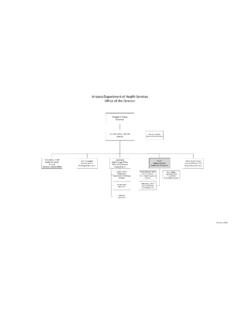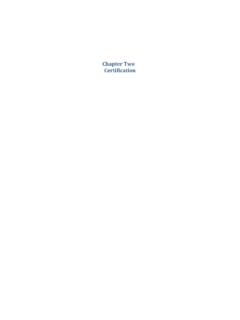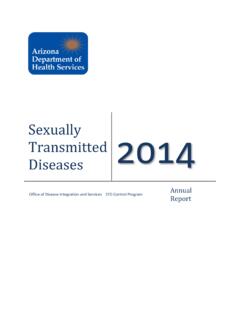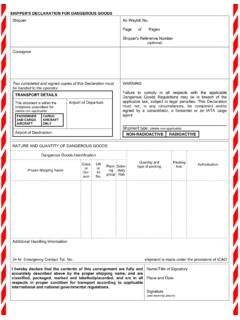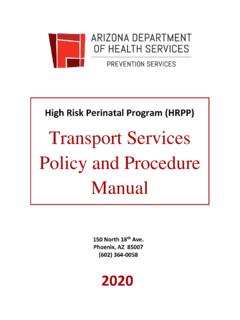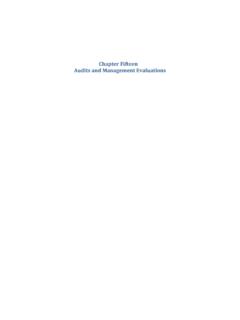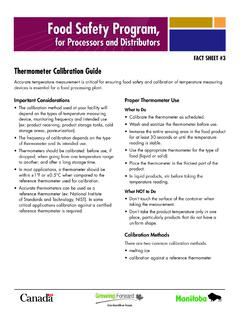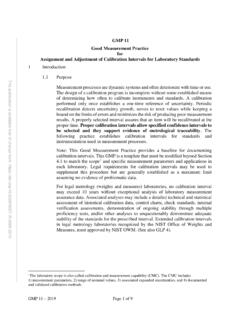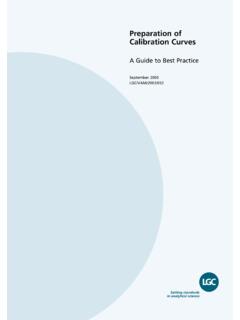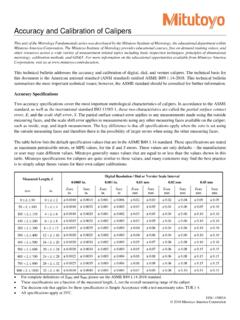Transcription of EXTERNAL STANDARD CALIBRATION - Arizona Department …
1 EXTERNAL STANDARD CALIBRATIONFor an EXTERNAL STANDARD quantitation, known data from a CALIBRATION STANDARD and unknown data from the sample are combined to generate a quantitative is called EXTERNAL STANDARD because the STANDARD or known material is separate or EXTERNAL to the unknown : Hewlett Packard Reference Manual Volume II, Report Calculations, Page 16-18 EXTERNAL STANDARD CALIBRATION is one of the most common approaches to calibrations It involves a simple comparison of instrument responses from the sample to the responses from the target compounds in the CALIBRATION : SW846, 8000C, Section , Revision 3, March 2003 EXTERNAL STANDARD CALIBRATION is one of the most common approaches to calibrations It involves a simple comparison of instrument responses from the sample to the responses from the target compounds in the CALIBRATION : SW846, 8000C, Section , Revision 3, March 2003 Sample peak areas (or peak heights) are compared to peak areas (or heights) of the standards.
2 The ratio of the detector response to the amount (mass) of analyte in the CALIBRATION STANDARD is defined as the CALIBRATION factor (CF).Ref: SW846, 8000C, Section , Revision 3, March 2003 Sample peak areas (or peak heights) are compared to peak areas (or heights) of the standards. The ratio of the detector response to the amount (mass) of analyte in the CALIBRATION STANDARD is defined as the CALIBRATION factor (CF).Ref: SW846, 8000C, Section , Revision 3, March 2003 Equation for CALIBRATION Factor( EXTERNAL STANDARD Curve)CF = (Ax)/(Cx)Where:Ax= Area of the compoundCx= Concentration of the compoundBenefitsThe advantages of EXTERNAL STANDARD CALIBRATION are that it is simple to perform this type of CALIBRATION and it can be applied to a wide variety of : SW846, 8000C, Section , Revision 3, March 2003 DisadvantageIts primary disadvantage is that it is greatly affected by the stability of the chromatographic detector system and the presence of chromatographic interferences in a sample or sample : SW846, 8000C, Section , Revision 3, March 2003
